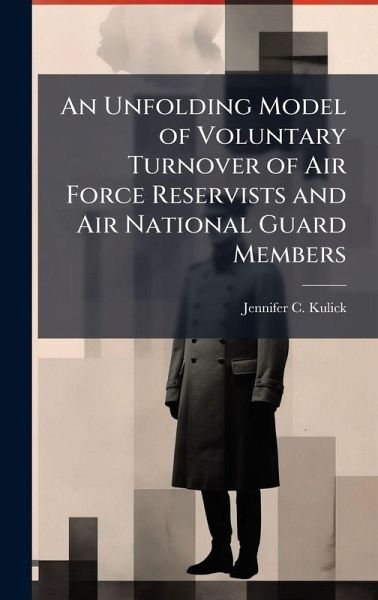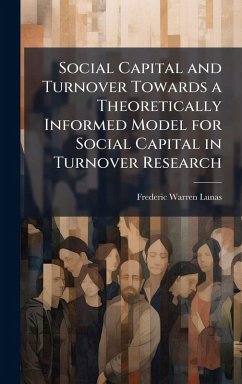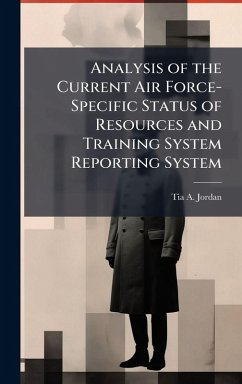
An Unfolding Model of Voluntary Turnover of Air Force Reservists and Air National Guard Members
Versandkostenfrei!
Versandfertig in über 4 Wochen
28,99 €
inkl. MwSt.
Weitere Ausgaben:

PAYBACK Punkte
14 °P sammeln!
Retention is an important issue for every organization due to the high costs of replacing members. This issue is becoming increasing important as the role of guard and reserves has continually increased over the past several years, and so research needs to be conducted on the retention of these groups. Therefore, a web-based questionnaire was administered to Air National Guard and Air Force Reservists from various units and locations. The data from 581 participants was applied to an adapted version of an unfolding model of voluntary turnover originally developed by Lee, Mitchell, Holtom, McDan...
Retention is an important issue for every organization due to the high costs of replacing members. This issue is becoming increasing important as the role of guard and reserves has continually increased over the past several years, and so research needs to be conducted on the retention of these groups. Therefore, a web-based questionnaire was administered to Air National Guard and Air Force Reservists from various units and locations. The data from 581 participants was applied to an adapted version of an unfolding model of voluntary turnover originally developed by Lee, Mitchell, Holtom, McDaniel, and Hill in 1999. Data collected indicated that very few people actually have a script to leave the service at the completion of their present obligation. Therefore, many people can still be influenced to remain in the service and so the leaders need to understand what will retain these members and what will cause them to leave. Hopefully leaders will gain a better understanding about the psychological process members go through when deciding to separate, and be able to make recommendations on what issues should be addressed. Recommendations on retention issues and future research are discussed. This work has been selected by scholars as being culturally important, and is part of the knowledge base of civilization as we know it. This work was reproduced from the original artifact, and remains as true to the original work as possible. Therefore, you will see the original copyright references, library stamps (as most of these works have been housed in our most important libraries around the world), and other notations in the work. This work is in the public domain in the United States of America, and possibly other nations. Within the United States, you may freely copy and distribute this work, as no entity (individual or corporate) has a copyright on the body of the work. As a reproduction of a historical artifact, this work may contain missing or blurred pages, poor pictures, errant marks, etc. Scholars believe, and we concur, that this work is important enough to be preserved, reproduced, and made generally available to the public. We appreciate your support of the preservation process, and thank you for being an important part of keeping this knowledge alive and relevant.












